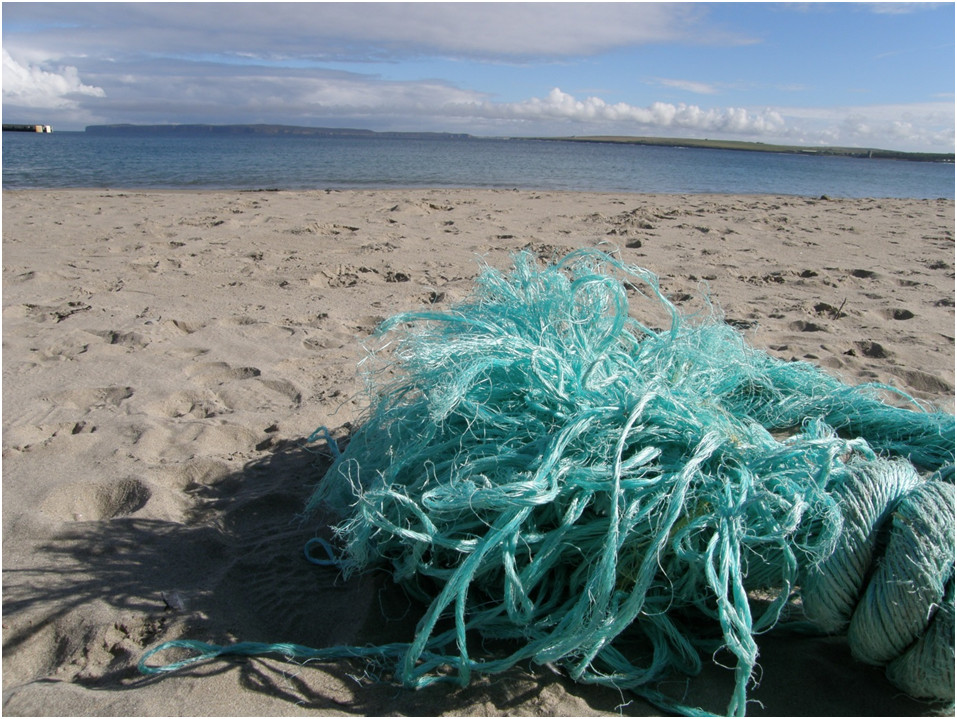Ocean plastic count in the trillions

The first estimate of plastic afloat on the global oceans is a “highly conservative” 5.25 trillion pieces. This is according to an article on the website www.stuff.co.nz.
The article goes on to explain that the count, which only measures surface-floating plastic, finds its total mass would weigh around 268,940 tonnes – though the vast majority of pieces are smaller than a grain of rice. Spinning out of gyres – rotating ocean currents that act as shredders – tiny plastic has reached all the world’s oceans.
Many studies have found plastics kill or injure marine life. Turtles mistake plastic bags for jelly fish, seals tangle in straps and nets, seabirds and fish eat fragments thinking them prey.
The UN Environment Program calculates the total natural capital cost to marine ecosystems of plastic littering at $13 billion per year.
Julia Reisser, of the University of Western Australia, said microplastics were very common in our waters – even though they lie outside the great gyres where “garbage patches” of plastic concentrate.
“We identified the Indian Ocean as the major source of plastics in the region, with the load coming from the coastal populations and shipping,” Ms Reisser said.
The trade organisation, Plastics Europe, reported 288 million tonnes of plastic was made worldwide in 2012, meaning the sea surface weight was only 0.1 per cent of annual production.
For more information go to: http://www.stuff.co.nz/environment/64066718/ocean-plastic-count-in-the-trillions